Then and Now – The 50mm Summar and Summilux Aspherical With a Leica M9
By Max Marinucci
Inspired by our very own Steve Huff’s article about the 50 Summilux Asph and the ensuing comments, I dusted off my “old” M9 and headed out with it and a couple of oldies but goodies + latest and greatest for some quick portraits of my lovely daughter (she hates posing for me but I did buy her some new nail stuff 🙂
First of all, let me start with this: the 50mm Summilux Aspherical is indeed a GREAT lens. Having said that, it always comes down to personal preferences and taste for lens renderings is a highly subjective matter, always generating intense arguments. Generally speaking, I am not always a huge fan of modern, aspherical, multi-coated lenses. They have their place but, their “correctness” and “perfection” can also be detrimental to one’s creativity, depending on the subject and situation. Photographing a female subject, for example, with a very sharp, contrasty lens will not always yield satisfactory results and will require intensive post processing work to make things look acceptable. Skin blemishes can be painfully evident and, in general, unless you are doing a black & white portrait of an aging woman/man and actually want to portray “age” with all the lines and wrinkles, a softer lens will always be more appropriate for the job, in my opinion of course.
I find it amusing when enthusiastic Leica devotees seem to proclaim a certain lens to be “The Best”. Best at what? That is the real question. Every lens has imperfections of sort and does not excel in certain situations. they may not be technical imperfections but that does not mean that it always translate to flawless images in different settings and with different subjects. For me, the Summilux is a great lens to have around when I need that f1.4 and need to extract lots of detail. The notion of Bokeh doesn’t really concern me because I don’t go around trying to shoot for cute background spheres, shiny ovals, etc, therefore the 50mm Summicron is still my benchmark and my favorite 50 along with the Zeiss Planar for the Contarex system and Summitar. Anyway, with portraits, what you really want is the background to wash away in an indefinite fog of colors/shapes without being busy and that is why most will shoot portraits with a 90mm or longer focal length (and longer is better here).
The Summar was produced by Leica between 1932 and 1939, with the Summitar following (regarded by many to be the greatest Leica screw mount lens ever made and still one of the all-time greats overall). Now, the Summar is not for everyone but the Summilux, for the opposite reasons, isn’t either. Most Summars are uncoated (they are prone to flaring) but, because of that (and not being aspherical), they have a very unique rendering, glow, that makes them very suitable for soft portraiture or various artistic effects. By using both lenses (the Summilux Asph. and Summar), you would also notice that it is a lot easier to work with contrast and curves to give the Summar a little more punch than toning down the Summilux to give your portrait some softness, glow, and without hitting filters, plug-ins, etc. Obviously, if you are a Photoshop wizard, anything is possible but I shoot mostly film and I usually know what to expect from the lens and how to get it without resorting to extensive post processing.
The Summilux is technically an almost perfect lens but, because of that, it has its own shortcomings. If you really think about it, lenses have not changed all that much over the last 100 years, with the Zeiss Planar being the most copied design (it was introduced in 1896) and the first asperical lens (not commercial, on cameras, until the mid ’50s I believe) once again by Zeiss in 1901. Basically, the more things change, the more they stay the same. Camera/lenses manufacturers have no choice but coming out with some quirky stuff to keep sales flowing, as true innovation has been basically at a standstill for quite a while when it comes to optics and lens design. I think that anyone with an M9 should seriously build a collection of older lenses (to USE, not stare at), as they can perform beautifully and will also put in clear perspective where the newer lineup stands. You will find that the gap is not as wide as you’d think it is and also that you will end up using those oldies quite a lot. We always tend to assume that floating elements and all sorts of marketing gimmicks mean that a lens has been greatly improved. In most instances, this is not the case. Changed, yes, but not always and necessarily improved. Take the 21mm Zeiss Biogon f4.5 for the Contarex system, for example: a Ludwig Bertele’s legendary symmetric wide angle design of the 1950s, is still unequaled today and only copied. To this day, I dare anyone to come up with a better 21mm lens. How about Nikon? One of their very best lenses, and one I use a lot with my FM3A, is the Nikkor 28mm Ai-S. It is still made today and it has been the same for 25 years. The original design goes back to 1960 with more elements and improvement in coatings over the years.
Coating is what really changed the game here, more than anything else. Photographers back in the ’40s avoided bright sunlight like the plague (check out the early work of Cartier-Bresson and you’d think it was always gloomy and rainy back then, wherever he was) as lens flare could really destroy a picture. As it basically effects local contrast, a non-coated lens will have a veiling glare and softer, pastel like colors but it is inherently more difficult to control. Today, with a Leica M9, is no big deal. If you check the image and you see wild flare, or too much veil, change something and you’re golden. It is not a coincidence that these old lenses are now enjoying a resurgence because of the M9 and modern post-processing abilities.
Testing in the real world (no MTF charts, brick walls, etc) – When I did a quick check on my M9 I immediately noticed two things: contrast on the Summilux was painful and out of focus rendering can be very sharp and bothersome. This would depend on lighting condition and background but, overall, I found it to be bothersome in quite a few instances. Also, highlights were getting blown out badly at the same shutter speed, where the Summar was retaining a much a more even histogram. Actually surprising for an uncoated lens but that’s what was happening…go figure. I have also used a late ’40s 90mm Elmar f4 for a couple of shots, and that is a very underrated and overlooked 90mm that can be glorious with the M9. Again, it is very prone to flaring but when you hit it right, it’s just beautiful. In film-world, my favorite emulsion for people shots is Kodak Portra 160NC and it is just amazing with any lens or camera combination I have tried. Some of the shots taken with the M9 and Summar, remind me of that, in their muted, neutral color rendering and tones.
Processing the images was also enlightening, as the Summilux ones in this case required more work and, for the most part, just didn’t look flattering. I ended up with 1-2 keepers from the Summilux and over 10 with the Summar. Again, this is highly subjective so I do suggest trying it yourself to see what you come up with.
Below, I am also including a couple of shots taken with the Contarex Bullseye and 50mm Zeiss Planar f2 (on Kodachrome), just to put another great 50mm lens in the mix. The great Erwin Puts gives a quick summary and analysis of these legendary lenses here: http://www.imx.nl/photo/zeiss/zeiss/page67.html
Interesting to note this paragraph: “The characteristics of the Contarex lenses are reminiscent of the Hasselblad lenses. Stopped down a bit they exhibit a remarkable finesse of gradation and depth. They may not be the sharpest lenses ever, but the rendition of shape outlines and surface details is most pleasing and subtle like a poem.”
Essentially, lens sharpness in general is a subject of many arguments but, by familiarizing yourself with old, original designs, you will certainly put things in perspective and be able to appreciate differences (subtle and not so) and whether today’s lenses are truly “vastly” improved and suit your tastes and/or needs.
In closing, the Summilux Aspherical is indeed a special lens but it is also very expensive. If you are on a budget (Leica/budget is somewhat of an oxymoron, for sure) consider other options as well, unless you’re really dying for that extra stop. You can buy yourself a perfect, used Summicron (the DR is also fabulous), a Summar, a Summitar and a 90mm Elmar and still have a few dollars left to put towards a nice 35mm. With the M9, it is major plus to have these older and still fairly inexpensive lenses to fill in the necessary gaps depending on varying tastes and situations.
The following were all shot @ f2 (ignore exif data as I forgot to change M9 settings from the 90mm a few times), except for the Elmar take that was @ f4.
There are two Summilux shots here and I think you will find it easy to pick them out. One from the Elmar 90mm and the others from the uncoated Summar. All were straight from camera with no post processing involved except for the usual minor highlights corrections. I have also included one processed Summar shot (tone curve, a little contrast) and you will notice that it is very easy to give a Summar image a little more punch and pop while still retaining that softness and glow inherent to the lens. The opposite is not quite true with the Summilux, as it would require a little more work to achieve similar results. Black & white conversions can also be glorious with the Summar+M9 combination.
Summar – Processed
Summilux – Unprocessed
Summilux – Unprocessed
Summar – Against the sun, flare, ghosting. This is what you get..
Summar – Unprocessed
Summar – Unprocessed
Summar – Unprocessed
Summar – Unprocessed
Elmar 90mm f4 – Unprocessed
And the Summar makes for some nice black & white conversions as well..
Contarex – Zeiss Planar F2 (Kodachrome 25)
Contarex – Zeiss Planar F2 (Kodachrome 25)
Thanks Max! Just what I needed to kick start the blog this week. Last week was slow, but things will be picking up with updates every day this week – pretty cool stuff is planned so check back every day!
[ad#Adsense Blog Sq Embed Image]




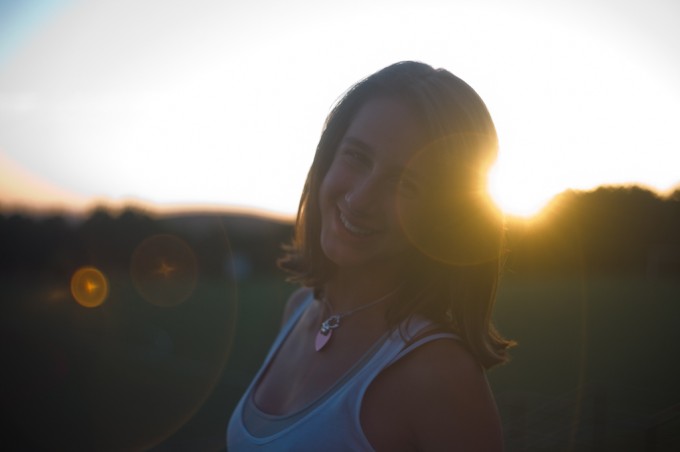



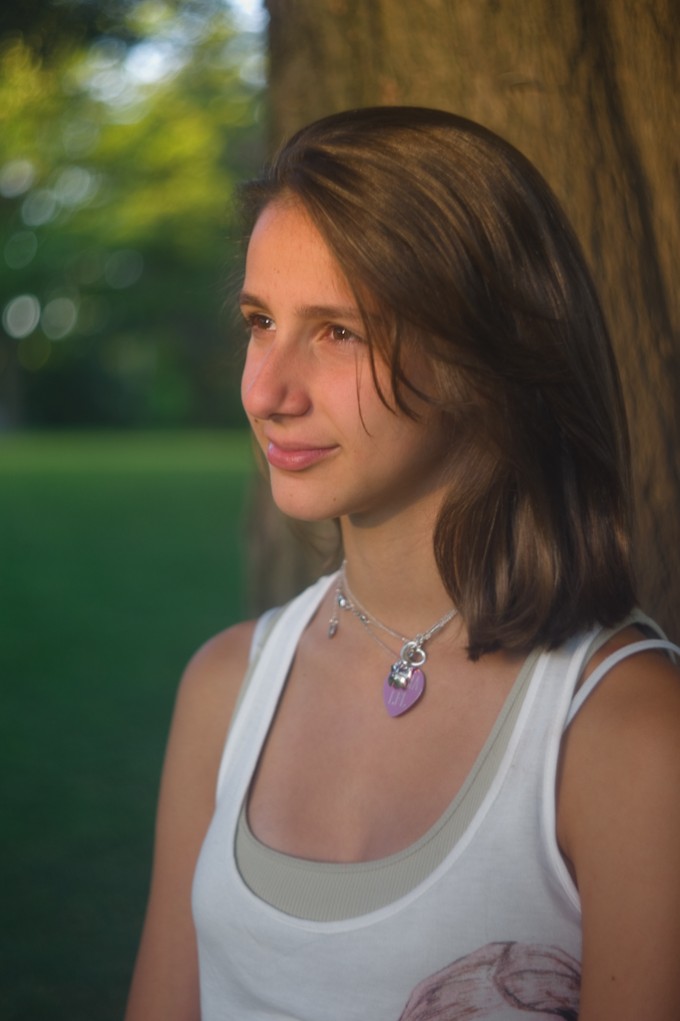

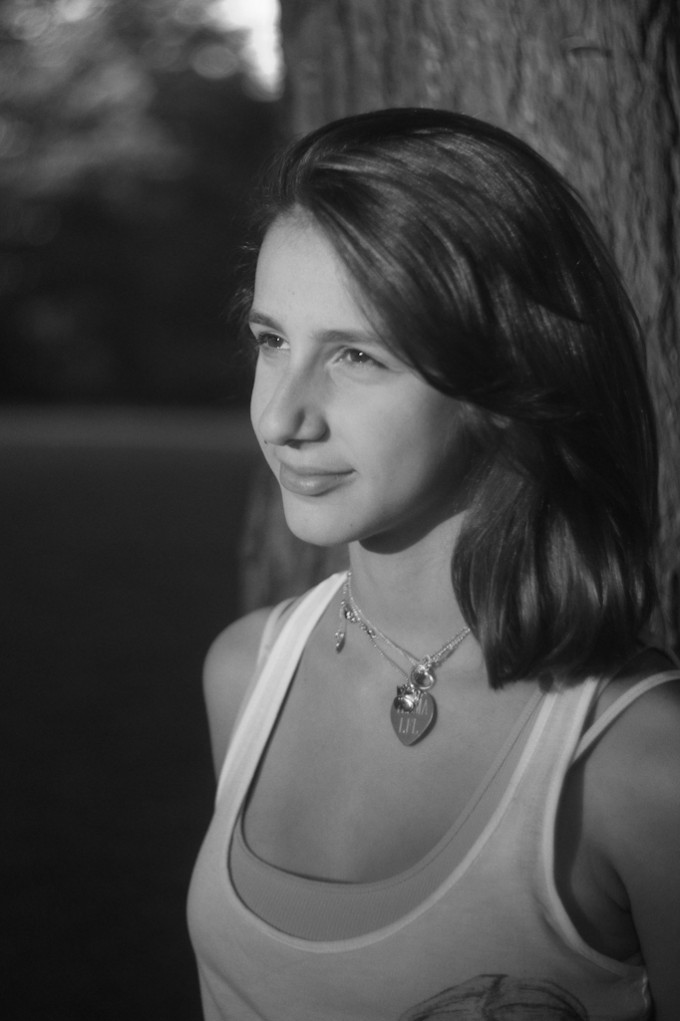
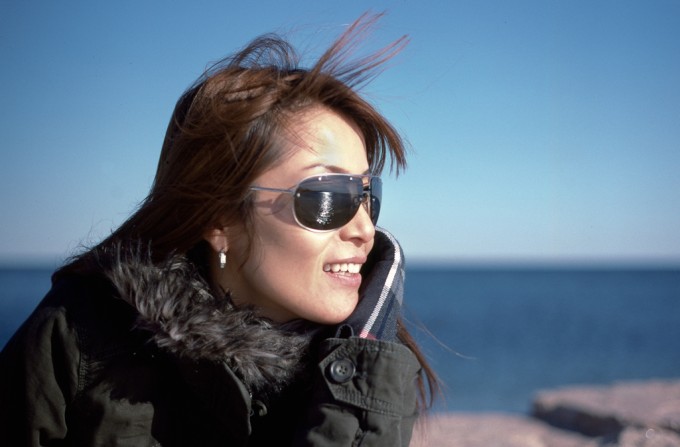



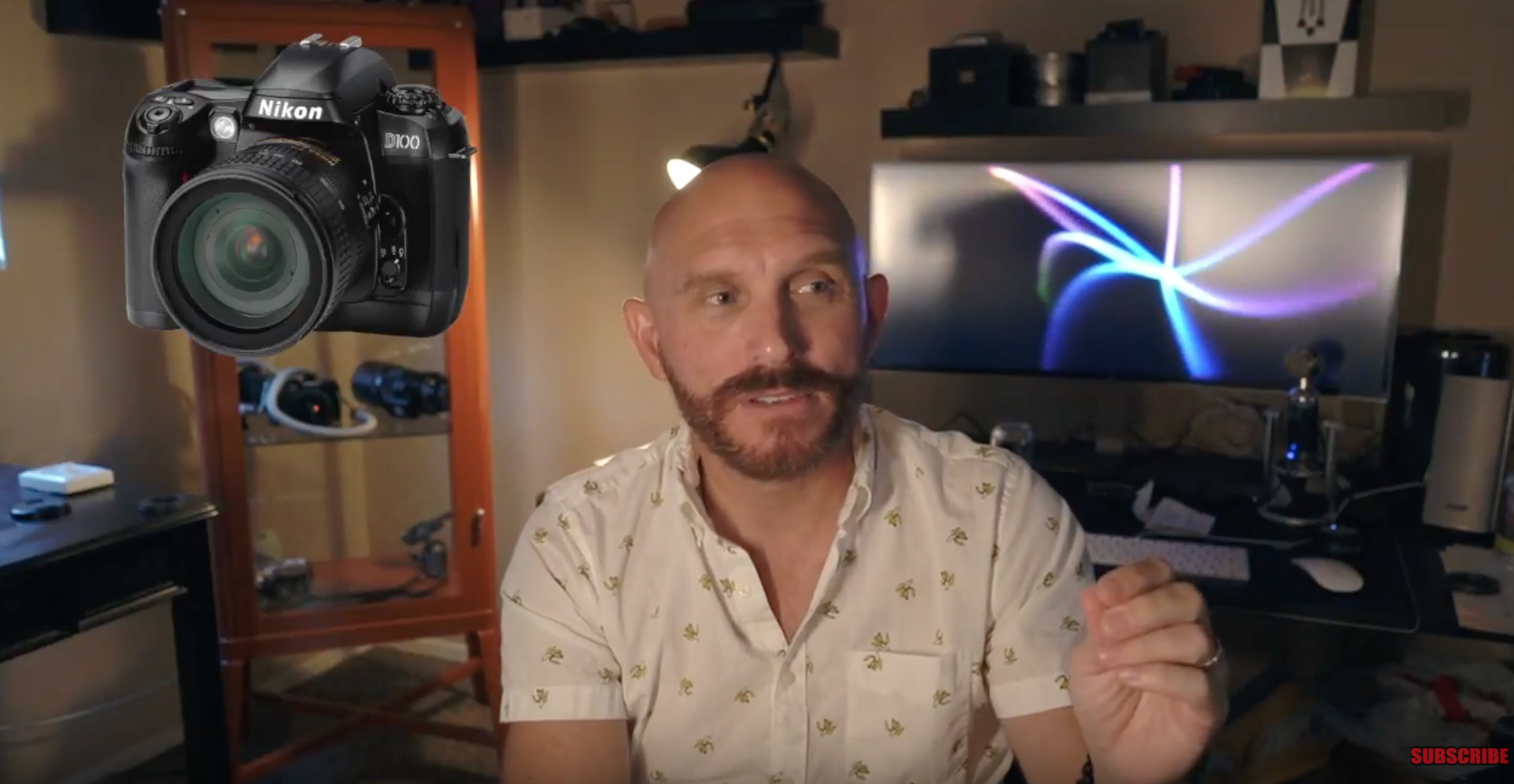
Great photos Steve, I must dig out my old Summar, and try to match yours.
I came across this page after having purchased a Sony NEX-6 and adapters for my M and LTM lenses, long dormant since I stopped shooting with my M4P in the 1990s. I had owned a Summar back in the 1960s, standard with the IIIa my father had given me for my first 35mm. One night, while shooting with a 90mm on the Leica at a basketball game, someone stole the Summar from my jacket pocket, hung by the team bench. I replaced the Summar with a 50mm f1.9 Hexanon bought for $50 from a local camera store (afficiandos know that lens sells for $1000 nowadays – I sold mine for a lot less to buy a Canon FTb back in the early ’70s).
Back then, I almost thought the theft of the Summar was a gift. The Hexanon was simply spectacular – as a teen, “bokeh” was an unknown concept, and dreamy was not the way we described the flare and low contrast of the Summar.
About 7 years ago, in a quest to replace the sold Leica IIIa, I obtained one with an uncoated 50mm f3.5 Elmar of that era. On the NEX-6, it gave the same general sense of flare and low contrast as the Summar – and my response was a teenage “ugh” from the past. Since I own a 50mm f2 Summicron and an 35mm f1.4 pre-aspheric Summilux, I believe I have the best of all possible worlds in 2 lenses – a deathly sharp Summicron and a dream-shot-wide-open Summilux.
But this article has inspired me to put the Elmar on the NEX-6 and actually shoot some stuff with it. Lord knows it takes up no room in the camera bag -certainly nothing like the size or weight of the 85mm f1.2L Canon FD that the NEX-6 has resurrected!
By the way – for those of you seeking a rangefinder experience with an affordable digital and a love or rangefinders, I strongly suggest you check out the NEX-6. The EVF is stunning, and with it’s edge-enhancement focusing technology, almost as easy to focus as an M4P.
Wonderful article. I don’t think much of the Summilux shot. 3D it may be, but it also just wasn’t good at what you were shooting, and it’s bokeh looks pretty rough. It’s a specialized lens that works great in a very narrow range of applications.
A Summar needs to be CLA’d to get the best out of it, but once you’ve done that it’s one of the best lenses ever made, keeping in mind that f2 to f4 is basically just for emergency shooting. After that, it’s very, very sharp. I have B&W shots made from Summars that absolutely have their own unique look, and couldn’t be better with any lens, even a Summicron.
The guy on the bench looks like it was takin in front of the even keel cafe on main st Nantucket?
Thanks for the shots. I’ve an classic Elmar 5cm 3.5 , an 5cm Summar, an 5cm Summitar all in LTM and an collapsible Summicron 50mm and Elmar 2.8 50mm. The Summar is the only one uncoated and your pictures confirm what I already saw on my own B&W picture on my Leica IIIc. The contrast is bad. (Can be adjusted, that is true) but is much more a lens for low lights and high contrasts than the other two LTMs I have. Since my Summitar is currently CLA’ed by the excellent Will van Manen, I have to wait to see the results if they confirm that it is indeed a more general use lens than the Summar.
That Summar looks none too sharp compared to mine (which has been disassembled, cleaned and recollimated). In fact, apart from at f/2, the Summar should be pin-sharp, although it does indeed flare like nothing else.
It’s hard to find one that hasn’t been ruined by cleaning scratches, so I wonder what the front element of yours is like?
I just love the glow in those summar photos…
A great article and really makes me think about how many amazing lenses there are out there that are going unused and what a shame that is. Is it me or did the Kodachrome steal the show up there? Felt I could just step into the last picture, open the door and walk inside.
LoL! +1!
Right, Stephen…a 50 year old lens and a dead film still wins..go figure 🙂
It’s true!
Great article, Max. Your stuff complements Steve’s very well — it’s really a connoisseur’s perspective. After using the most recent 50mm Summicron and the almost ruthlessly sharp 45mm Planar for Contax G for a while, I have begun to appreciate the value of vintage lenses — or, put in a different way, I have begun to find clinical sharpness boring. I am looking for something more painterly for black and white film. So your article could not come at a better time. But the world of vintage lenses can be almost bewildering.
There’s the Summar, Summitar, Summaron, as well as the 50 1.5 Summarit, which is interesting for that extra stop (almost like an old-school Summilux), but it has an iffy reputation. Then there is the Zeiss 50 1.5 Sonnar, which has that old-Hollywood look wide open. Then there are the Jupiters and Zorkis, which I know nothing about. Then there are the old Angenieux cine lenses that the Japanese have taken to adapting… you get the idea.
Which of these do you find interesting and which would you avoid? Obviously you like the Summar, but how do some of these other lenses stack up, particularly the Summarit?
David,
If I had to pick ONE vintage lens for my Leica, it would be, hands down, the 50mm Summitar. It is just beautiful for black & white work (love it with Agfa films and now some Rollei, and anything you can throw at it). It is fantastic with the M9. Uncoated lenses can give just the look you are looking for but the problem is with film you will be bound to have a few disappointments, which could turn discouraging. On the other hand, if you hit it right, you’ll be in heaven. With the M8 or M9, if it looks like crap…DELETE! Again, talking about Leica, the old 50mm Elmar is ridiculously good and let’s not forget about the 35 Summaron (known as the poor man’s Summicron). The Summars can be great but, as I’ve said in the article, with an uncoated lens you really need to be more careful. A coated Summar…buy it!
Max, please stop writing articles about old Leica lenses! Now the prices will begin to sky rocket!
I am just joking, but a very interesting article.
I just got back from a trip to Guatemala where I only used a 50 DR summicron on my M6 TTL. My observations are muted colors and low contrast compared to my nikon 35-70 f/2.8 that I shot last trip. However, almost anything can be achieved with photoshop i.e. level adjustments, increase of contrast, and increase of color saturation.
What cannot be changed in photoshop is the way the lens renders which is of course what this exact article is all about.
P.S. It almost looks like the Summar has a soft focus filter on it. Soft focus filters always crack me up because many times people want the sharpest lens ever made and then put a soft focus filter on it to produce more likable portraits.
Sorry, David 🙂
Yes, for me, it is a lot easier to “treat” a softer lens in post processing than going the other way and the rendering does make each lens unique. Never used soft focus filters so I couldn’t tell you but in Leica’s case, plenty of great old lenses that can do the job so I don’t see the need for it.
BTW..if you guys want to check a very unique lens, I have been shooting a bit with my 1940 90mm Thambar. Soft focus, spherical aberrations, you name it 🙂 but it’s great and, stopped down…sharp as anything!
Sorry, Nick, mixed up the name with David’s post below..oopps!
A little Thambar love…http://www.flickr.com/photos/leicaman/sets/72157624356389203/
I second Nick here. You should really let the sleeping dogs lie. I got and sold a 50/1.5 Canon (Sonnar copy) for cheap. Then, people started posting photos on RFF, and prices sky-rocketed. Now, I cannot even think of buying back a copy. 🙁
The Summar images look beautiful. I have two such oldies the uncoated CZJ 50/1.5 and Summitar 50/2, both LTM.
For some reason, the Summar produces a ‘less digital’ look on the M9 than the Summilux does. I really see why you appreciate it so much. But then again, it’s really personal thing of course.
Yeah! It looks almost film like, without the dust and scratches!
Hi Micky,
You are right and that is why I like the Summilux asph much better with film and especially black & white. With APX 100 in Rodinal, it is just glorious!
Great article, thanks very much. I will say that the Summilux unprocessed picture (second from the top) looked by fact the best in my eye. It has a sparkle and 3D quality that is a signature of this lens. Compared to my Summicron Rigid, for example, the Summilux ASPH has more realistic colors and does a better job of suppressing flare and background bokeh blobs. The older lenses are softer and beautifully constructed, but for critical work I always find myself reaching for the newer lenses.
Hi Marc,
The 50 ‘Lux asph is certainly a “don’t leave home without it” lens for critical work and the Summar uncoated is nice specialty lens for the right situation and subject work. On the other hand, if one can find a “coated” Summar…FANTASTIC on the M9. It removes much of the veiling glare but it still retains a certain vintage look.